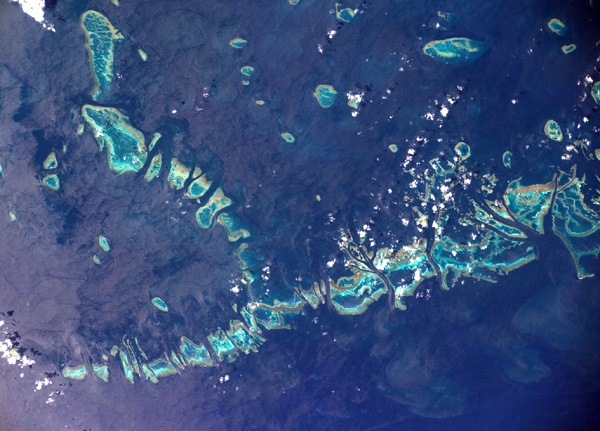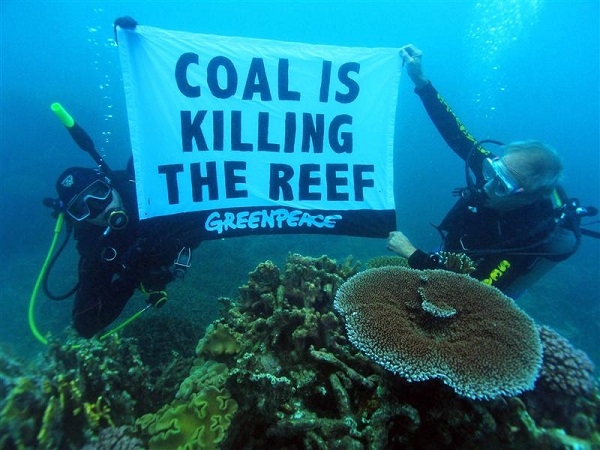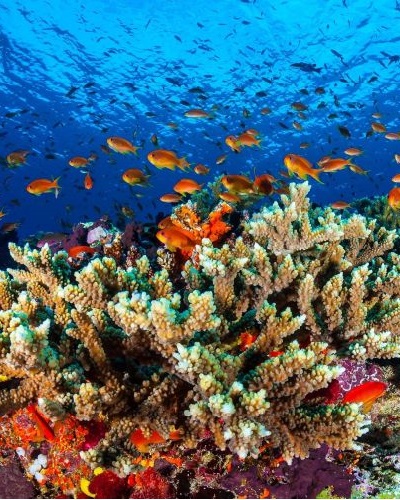A New Study Says The Great Barrier Reef Worth £33 Billion To Australia, Supports Too Many Jobs To Be Allowed To Die
- The Great Barrier Reef is the largest living structure on Earth.
- In this session, we will learn about its’ economic importance to Australia to a greater extent.
Economic Aspect
A new study has revealed that The Great Barrier Reef is an asset worth AU$56 billion (£33 billion), and as an ecosystem and economic driver is “too big to fail“.

The World Heritage-listed reef, the largest living structure on Earth, had its economic and social value calculated for the first time in the Deloitte Access Economics report commissioned by the Great Barrier Reef Foundation.
The study said that the reef, which is bigger than Britain, Switzerland, and the Netherlands combined together, was worth AU$29 billion to tourism, and supports around 64,000 jobs.
The “indirect or non-use” value, for people that have not yet visited the reef but know it exists, of the reef was estimated at AU$24 billion. Meanwhile, recreational users make up the rest.
The Study
A survey of 1500 Australian and international respondents from 10 countries conducted the study, finding that people value the reef for a range of reasons.
‘due to its importance for tourism but also the belief that Australia would not be the same without it.’
It is based on six months of analysis and comes as the reef suffered an unparalleled 2nd straight year of coral bleaching because of the warming sea temperatures which are linked to climate change.
Comments On The Report
US presidential candidate turned conservationist Al Gore commented that the study was a
“much needed, holistic view of the incredible economic value and opportunities provided by the Great Barrier Reef“, adding,
“Any failure to protect this indispensable natural resource would have profound impacts not only to Australia but around the world.”
Steve Sargent, director of the Great Barrier Reef Foundation said the study showed that no single Australian asset contributed as much to international perceptions of “Brand Australia“.
“At $56 billion, the reef is valued at more than 12 Sydney Opera Houses,”
he said.
“This report sends a clear message that the Great Barrier Reef, as an ecosystem, as an economic driver, as a global treasure, is too big to fail.”

Lead author, Deloitte Access’s John O’Mahony, said it was clear the reef was “priceless and irreplaceable“.
“But we’ve been able to look at it as an ‘asset’ that has incredible value on multiple fronts – from its biodiversity and job creating potential to its support for critical industries and standing among international visitors to Australia,”
he added.
Threats To The Great Barrier Reef
Back in 2015, Canberra barely avoided UNESCO putting the reef on its endangered list, and has since committed more than AU$2 billion to protect it over the next decade.
However, it has come under fire for supporting Adani, an enormous coal project in the vicinity of the reef that environmentalists fear will damage the reef.

Likewise, the reef is also under stress from farming run-off, development, and the crown-of-thorns starfish. A powerful cyclone pummeled the area, compounding the problems this year.
Another main threat to the reef is the warming sea temperatures due to the ongoing climate change.
You may also like to read Sixth Mass-Extinction Event: The Era Of ‘Biological Annihilation’ Looming Nearby In The Horizon, Says A New Study
Protection Efforts
There are various efforts going on for the protection of the reef. Since 2015, Australia committed more than AU$2 billion to protect it over the next decade.
Likewise, last month, it hosted a summit of more than 70 of the world’s leading marine experts to work on a blueprint on how best to respond to the threats surrounding the reef. Options considered included the development of coral nurseries, plans to augment the culling of crown-of-thorns starfish, expanding monitoring systems as well as identifying priority sites for coral restoration. A key to the talks was the need to slash greenhouse gas emissions to prevent warming sea temperatures.
News Courtesy: The Telegraph



